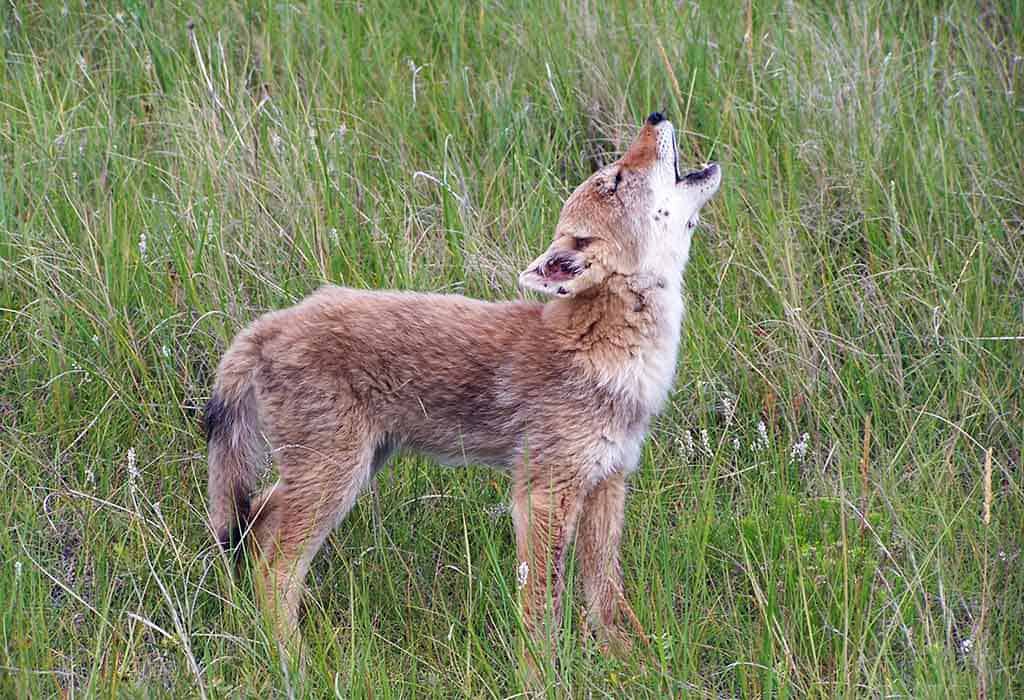If you are reading this, that means you’re curious to learn about Administrative Procedure Act petitions. To understand what an Administrative Procedure Act (APA) petition is and why we use this tool at WildEarth Guardians, it is necessary to first understand the big picture: what is a federal agency rule or regulation (I will use these terms interchangeably). Once we have a grasp on that, we can better understand what an APA petition is and why Guardians is using them as a tool to further our mission to protect the environment.
It all starts with Congress, the branch of government responsible for making laws. Laws are broad, primarily because Congress doesn’t have the time or expertise to include all the details. This is where agencies like the U.S. Forest Service, Bureau of Land Management, or Fish and Wildlife Service step in. Federal agencies take these broad laws and fill in the details through processes including “rulemaking.” An agency rulemaking results in a rule that effectively operates as a law, the same as if Congress had passed it.
So where does the APA come in? The Administrative Procedure Act, 5 U.S.C. §§ 551-559, directs the manner in which certain agencies make decisions, among other things, including through the general rulemaking process described above. An agency may decide to undergo a rulemaking for several reasons, including as a result of a rulemaking “petition.” Petitions under the APA are not the same as other types of petitions that we often use to gather signatures to show how many people care about a particular issue. In an APA petition, we make the case for why a regulation is needed, and what that regulation should be.
To submit an APA petition, one must be an “interested person” in the subject matter of the petition. The APA allows an “interested person” to “petition for the issuance, amendment, or repeal of a rule. For example, we at WildEarth Guardians are ‘interested persons’ petitioning the U.S. Forest Service for carnivore coexistence on federal livestock grazing allotments simply because we value native carnivores and work to protect them on National Forest System lands open to livestock grazing. You can support this effort by telling the U.S. Forest Service that it’s time to adopt a mandate of native carnivore coexistence with respect to public lands grazing.
Because the APA petition process allows any interested person to petition for the issuance of a rule by an agency, this means that the public, or groups like Guardians representing our members, can be a bottom-up source for proposed regulations. This is one way to drive agency change. The agency, however has several options for how to respond, or not, to a petition. An agency can deny the petition, do nothing, or an agency can engage in the rulemaking. Denial and doing nothing (also called “failure to act” or “unreasonable delay”) can provide fodder for a potential lawsuit. One might challenge the grounds provided for the denial, or sue for unreasonable delay, which may be illegal because agencies are legally required to promptly consider rulemaking petitions. 7 C.F.R. § 1.28.
Overall, APA petitions are one more tool we can use to protect public lands or threatened wildlife by engaging federal agencies, and pushing them to do better for the environment.
Like what you just read? Sign up for our E-news. Want to do more? Visit our Action Center.
